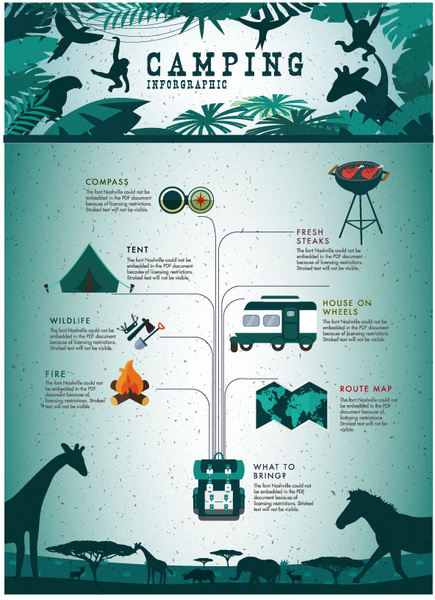Here Are Proven Methods On Selling Camping Tents For Your Venture
Here Are Proven Methods On Selling Camping Tents For Your Venture
Blog Article
Just how to Set Up an Outdoor tents
A camping tent isn't as hard to establish as it may appear. With method, it can be done in concerning 10 minutes or much less.
Are glamping tents warm?
First, expanded the groundsheet or tarp. Next, assemble the camping tent posts (most are folded and held together by shock cable.) Each end fits into a port on the tent or with plastic clips that break on to completions.
Location
Selecting the right place for your outdoor tents is vital to a comfortable camping experience. It is essential to pitch your camping tent in a location that is devoid of rocks, branches and various other journey hazards. Additionally, you ought to select a location that is faraway from food preparation and shower room areas to stay clear of the smoke of campfires and other campground activities from drifting right into your outdoor tents.
In addition, you need to seek a level place that is at least as huge as your outdoor tents. It's additionally an excellent concept to lay down a ground cloth to safeguard your tent from tripping and other troubles.
If you do not have risks, trim some branches down to make them long enough to anchor your camping tent. Additionally, you can utilize broken tree branches. These are generally tougher than the sticks that come with your tent. If possible, it's best to practice setting up your tent at home before your journey to guarantee you understand just how to do it properly.
Poles
Generally, outdoors tents have either one pole for every end that develop a triangle or several tiny, straight tent posts. Some outdoors tents also have a rainfly that offers added protection from wind and rainfall. Examine the tent's directions for details on how to set up the posts and the rainfly.
Locate a flat area that is big sufficient for your outdoor tents, devoid of sharp rocks and branches and reduced spots where water could gather. Lay down the footprint or ground cloth and set up the camping tent body, matching each edge of the outdoor tents to the corner of the footprint.
Then fit the camping tent posts right into their sleeve or clip at their connection points in the camping tent material and elevate the outdoor tents. Restrain the outdoor tents with ropes or risks, depending on your campsite surface. Take into consideration utilizing shock cord such as dyneema core as opposed to routine cord at risk points as it has less stretch and holds the outdoor tents a lot more solidly.
Rainfly
Prior to you pack up, if it's not drizzling, shelter your knapsack and any type of outside stuff pocket from the weather to maintain your gear completely dry. Likewise, if the outdoor tents is wet and you're packing up in the rainfall, shield it as high as possible (under your pack or a tree).
Prior to you start doing away with your tent, take a minute to lay down a ground cloth or impact (optional). This will aid keep dust and debris from entering unique gifts for campers the camping tent where you'll rest. It will additionally offer added insulation from the cold.
Guy Lines
Since you've checked out and adhered to the instructions, popped in your camping tent posts and got your rainfly in position (and it looks like a camping tent), it's time for the guy lines. Like a ship needs supports, your tent needs these added support lines to guarantee architectural security when faced with wind and various other weather components.
Many outdoors tents have little loops, called person loops or man line loopholes (some rainflys also have grommets), that you can utilize to link the guy line to. If not, you can additionally use a larks foot or hangman's noose knot to link the cost-free end of the line to a stake or other support. See to it your anchor is pushed in at a 45-degree angle, to boost the resistance to pressures pulling on the guy line. The tension on the lines must be limited enough to preserve camping tent form and security, but not so tight that it places stress and anxiety on the tent textile or seams.
